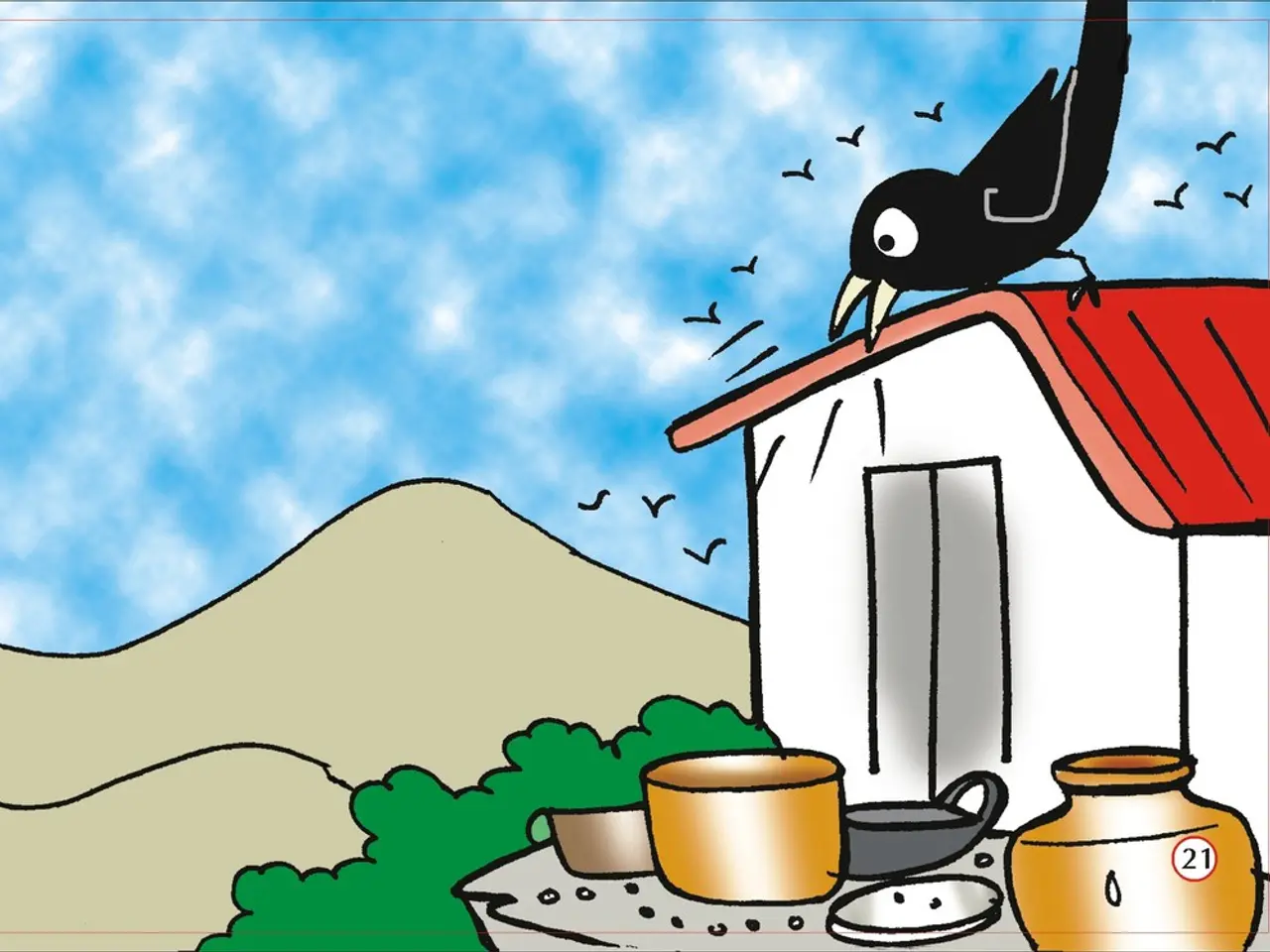Andrea Curzi's Stunning Documentation of Italy's Night Sky Vistas
Astrophotographer Andrea Curzi's Recommended Tools for Landscape Astrophotography
Andrea Curzi, a renowned astrophotographer based in Italy, shares his go-to apps, software, and gear for capturing stunning landscape astrophotography.
Apps:
Curzi recommends using Photopills for planning night shots, tracking the Milky Way, moon phases, and timing the perfect alignment. Stellarium, a planetarium app, is useful for identifying stars, constellations, and celestial events. Google Earth and Maps are essential for scouting locations and understanding terrain and horizon lines. Lastly, light pollution map apps help find dark sky sites optimal for astrophotography.
Software:
Adobe Lightroom is Curzi's choice for RAW photo editing, exposure adjustments, noise reduction, and overall image enhancement. Adobe Photoshop is used for advanced post-processing, compositing, removing light pollution gradients, and fine retouching. Sequator and DeepSkyStacker, specialized stacking software, improve the signal-to-noise ratio in night sky images.
Gear:
A full-frame or APS-C mirrorless or DSLR camera with good low-light performance, such as the Sony A7 series or Nikon Z series, is essential. Fast wide-angle lenses with apertures like f/2.8 or wider, like a 14mm f/2.8 or 24mm f/1.4, are recommended. A stable, sturdy tripod, a portable star tracker mount, a remote shutter release or intervalometer, a headlamp with red light, extra batteries and memory cards, and a headlamp are all crucial for long shooting sessions in cold and remote environments.
Curzi's focus on meticulous planning, combined with his technical gear, results in captivating landscape astrophotography that effectively combines terrestrial and celestial elements. For more detailed guidance, Curzi offers a video tutorial on his website, suitable for beginners and intermediate users, available in multiple languages.
Curzi, a finalist for the Astronomy Photographer of the Year 2024 competition, has implemented Astronomik filters, such as CLS for light pollution and a 12nm H-alpha filter for hydrogen, to significantly improve his photos. He also offers photography workshops and trips abroad, teaching his techniques to others.
You can follow Curzi's adventures on Instagram, Facebook, and his website. Despite Italy being one of the most light-polluted countries, Curzi's focus remains on landscape astrophotography, with his main camera for foregrounds and star trails being a Canon EOS R, while an astromodified Canon EOS 6D is used for capturing the sky. After pre-processing on Pixinsight, Curzi moves on to Photoshop for managing colour and final touches, aided by DXO's Nik Collection. Curzi's proudest moments include winning awards, being contacted for teaching classes or workshops, and sharing his adventures with people outside the industry.
- Andrea Curzi, an astrophotographer from Italy, suggests Photopills for planning night shots, identifying stars, and tracking celestial events.
- Stellarium, Google Earth, and Maps are also tools Curzi uses to scout locations and understand terrain and horizon lines.
- To enhance his images, Curzi employs Adobe Lightroom for RAW editing, Photoshop for advanced post-processing, and Sequator/DeepSkyStacker for stacking night sky photos.
- A mirrorless or DSLR camera with good low-light performance, fast wide-angle lenses, a stable tripod, a star tracker mount, and various accessories are essential for Curzi's long shooting sessions.
- Curzi's video tutorial provides detailed guidance for beginners and intermediate users, covering topics like landscape astrophotography and astrophotography workshops.
- Curzi, a finalist for the Astronomy Photographer of the Year 2024 competition, utilizes Astronomik filters for light pollution reduction and hydrogen capturing.
- Curzi offers photography workshops and trips abroad to share his techniques with others, and his proud moments include winning awards and teaching classes.
- Following Curzi's adventures, one can find him on Instagram, Facebook, and his website, where his main camera for capturing landscapes and star trails is a Canon EOS R, while an astromodified Canon EOS 6D is used for capturing the sky.




